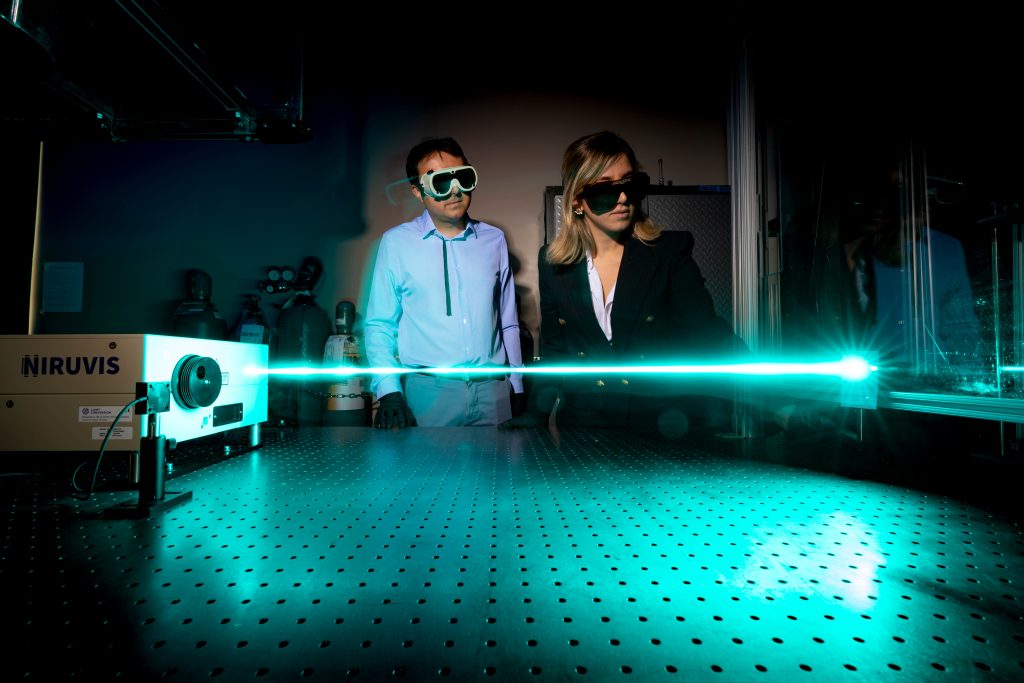Our Research
Our research focuses on the advancement and future of aerospace propulsion.
Our lab’s research work follows three main research directions:
Experimental Aerodynamics and Propulsion
The research activity in this area is focused around the use of the CSU Hypersonic Wind Tunnel. The tunnel is an indraft design that enables Mach 2.5-7.0 flow from 0.1-5 seconds.
Applications of interest include:
- Aerodynamic design of scramjet inlet ramps and isolators
- Aerodynamic design of cavity flameholders
- Study of laser ignition inside the scramjet combustor
- Study of scramjet operation in radical farming mode
- Active control of flame anchoring using a tunable plasma source
- Dual-mode ramjet/scramjet combustor architectures


(Left) Image of the Indraft CSU Hypersonic Wind Tunnel. (Right) Snapshot of a bow shock forming in front of a piezoelectric pressure transducer in a Mach=2.5 flow.

Wind Tunnel in the direct-connect configuration for scramjet engine testing.

3-D rendering of the CSU Indraft Hypersonic Wind Tunnel.
Development of Ultrafast Laser Diagnostics
The research activity in this area is centered around our unique femtosecond laser system which allows us to perform quench-free diagnostics over a wide range of wavelengths 190-2500 nm. The laser system is used for flow, plasma and combustion characterization (i.e., measurement of flow velocity, species concentration, temperature, etc).
Diagnostics of interest for aerospace application:
- Two-photon Absorption Laser-Induced Fluorescence (TALIF)
- FLEET (high-speed flow velocimetry)
- Thomson scattering (plasma density measurements)
- Stimulated Raman Scattering (gas temperature and density)
- fs-Laser Induced Breakdown Spectroscopy (species)
- E-FISH (electric field measurements)

(Above) Ciprian Dumitrache and Ph.D. student Mozhdeh Hooshyar operate the fs-LASER at APDL.
(Right top) Nanosecond discharge generated between two pin electrodes (visualized using schlieren).
(Right bottom) Fluorescence from the N-atoms in the discharge using fs-TALIF. This study was conducted by the PI during his postdoc at EM2C laboratory.


Computational Fluid Dynamics (CFD)
The research activity in this area is focused on the use of our custom-built Computational Fluid Dynamics solver. The code allows us to model supersonic chemically reacting flows with various degrees of vibrational and electronic non-equilibrium.
Applications of interest include:
- Modeling of plasma-assisted combustion
- Modeling of atmospheric re-entry flight
- Modeling of hypersonic flows
- Modeling of the flow inside of a scramjet engine

OH* Chemiluminescence images of a flame ignited using a dual-pulse technique. The flame dynamics changes based on how the two pulses add energy to the gas.
The same flame was simulated using our CFD code in 2-D axis-symmetric.
